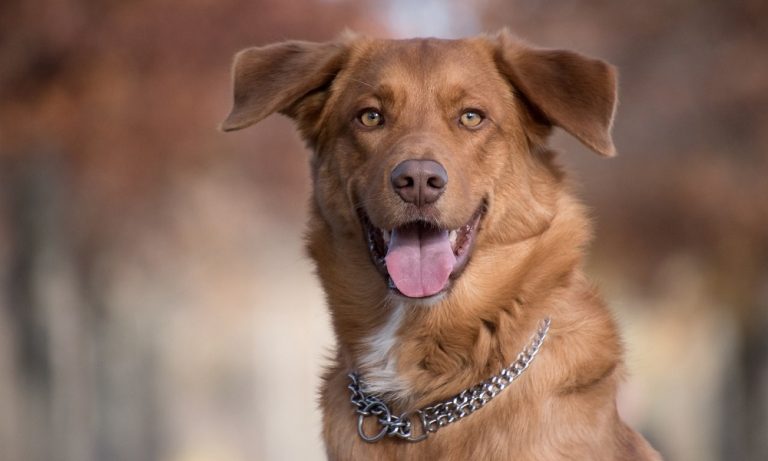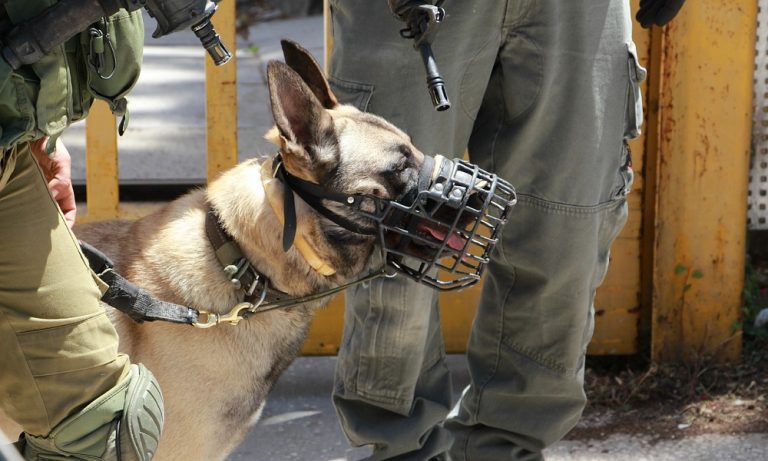Can Dogs Eat Crab Legs Shells?
No, dogs should not eat crab legs shells. Crab shells are very hard and can be a choking hazard for your dog. In addition, the shells could cause gastrointestinal distress if ingested. The sharp edges of the shell could also injure your dog’s mouth or esophagus when he tries to chew on them.
Eating too much crab shell could also lead to constipation or blockage in their digestive tract due to its tough texture. Furthermore, it is advised against giving any kind of seafood to dogs as this type of food can contain parasites that may harm your pup’s health.
Therefore, it is best to avoid feeding crabs and other seafood products containing bones or shells such as shrimp and lobster tails altogether.
Is Crab Shell Okay for Dogs?
The answer to this question is yes, but with precautions. Crab shells can be a nutritious and tasty treat for dogs if they are cooked properly. Dogs should never eat raw crab shell as it could contain bacteria that may make them sick.
If you choose to give your dog cooked crab shell, make sure the shell is thoroughly cooked and has been washed well first. Additionally, it’s important not to overfeed your dog with crab shells in order to prevent potential digestive upset or blockages due to the hard texture of the shells.
Feeding only small pieces at a time will help ensure they don’t consume too much at once and become ill from it. It’s also best to monitor how your pup reacts after eating any new food item, including crab shell, so you can determine if it agrees with them or not without having an adverse reaction such as diarrhea or vomiting afterwards.
What Happens If a Dog Eats Crab Leg Shells?
If a dog eats crab leg shells, it can potentially lead to several health issues and should be a cause for concern. Crab leg shells are typically hard and can be difficult for a dog’s digestive system to process. Here are some potential consequences:
- Choking Hazard: The hard, sharp edges of crab leg shells can pose a choking hazard, especially if your dog tries to swallow them whole or in large pieces. Choking can be life-threatening and requires immediate attention.
- Gastrointestinal Obstruction: If the dog swallows crab leg shells, they can become lodged in the throat, esophagus, stomach, or intestines. This can lead to a gastrointestinal obstruction, which is a serious medical emergency. Symptoms may include vomiting, diarrhea, abdominal pain, loss of appetite, and lethargy.
- Digestive Irritation: The sharp edges of crab shells can cause irritation and damage to the dog’s gastrointestinal tract, leading to discomfort, pain, and the possibility of internal bleeding.
- Risk of Perforation: In severe cases, the sharp edges of crab leg shells can puncture the gastrointestinal tract, causing perforation. This is a life-threatening condition that requires immediate surgical intervention.
If you suspect that your dog has ingested crab leg shells, it’s crucial to monitor them closely for any signs of distress, including choking, difficulty breathing, vomiting, diarrhea, abdominal pain, or changes in behavior.
If your dog exhibits any of these symptoms, contact your veterinarian or an emergency animal hospital immediately. Your veterinarian can assess the situation and may recommend diagnostic tests, such as X-rays, to determine if there is a blockage or any internal damage.
Can My Dog Eat Crab Legs?
No, it’s not recommended that you give your dog crab legs as a treat. While some dogs may be able to eat small amounts of cooked seafood like fish or shrimp, crabs have a hard shell that can cause choking and other digestive issues for your pup.
Additionally, the seasoning and spices used in preparing crab are often too strong for canine stomachs which can result in vomiting or diarrhea. If you want to provide an occasional seafood snack for your pet, look to canned tuna (in water), salmon (without bones) or fresh whitefish fillets as safer choices.
Can Dogs Eat Whole Crab Legs?
When it comes to feeding your pup crab legs, the answer is yes, but with one caveat. Dogs can eat whole crab legs in moderation, but only if they are cooked properly and free of seasonings or additives.
First and foremost, you should always check with your vet before feeding any new food to your dog. Make sure that there are no allergies or health issues that could be exacerbated by adding a new item to their diet. If you decide to feed them a few pieces of cooked crab leg as an occasional treat, make sure that it is fully cooked and unsalted so as not to upset their stomachs.
Additionally, remove all shells from the meat prior to serving as these can cause choking hazards for small-breed dogs due to their size. Crab legs can provide some extra nutrition for your pup via protein and omega 3 fatty acids which aid in eye development among other benefits; however too much may lead to an upset tummy or digestive issues such as bloating or gas due the high fat content found in many varieties of seafood like crabs.
As with any food item given as a treat, make sure that you monitor portions so that it does not become part of their regular diet routine – this will help ensure proper digestion!
Can Dogs Eat Cooked Crab Meat?
Yes, dogs can eat cooked crab meat as long as it is plain and has no added seasonings or sauces. It is an excellent source of lean protein and omega-3 fatty acids that are beneficial for your dog’s health.
However, it should be given in moderation since the shells may contain parasites that could harm your pup if eaten in large quantities. Additionally, some crabs may still have trace amounts of bacteria which can cause food poisoning if not cooked properly so make sure to thoroughly cook before feeding to your pooch!
Can Dogs Eat Crab Cakes?
Dogs can eat crab cakes, but they should not be a regular part of your pup’s diet. Crab is rich in protein and other nutrients, so it can provide some health benefits for dogs. However, crab cakes often contain ingredients that are unhealthy for dogs such as onions and garlic which can cause digestive problems.
Additionally, the high fat content of many crab cakes may lead to pancreatitis if fed too frequently or in large amounts. Thus, while an occasional treat won’t harm your pup, it’s best not to make crab cakes a regular snack for them.
Conclusion
In conclusion, crab shells can be a great treat for your pup as long as you remove the leg of the crab before feeding. This will ensure that they do not choke on any pieces or swallow too much salt from the shell.
It is important to note that all dogs are different and should be monitored while eating any new food item, especially one with lots of salt like crab shells. As always, seek advice from your veterinarian if you have any concerns about what foods may pose potential risks for your pet.


